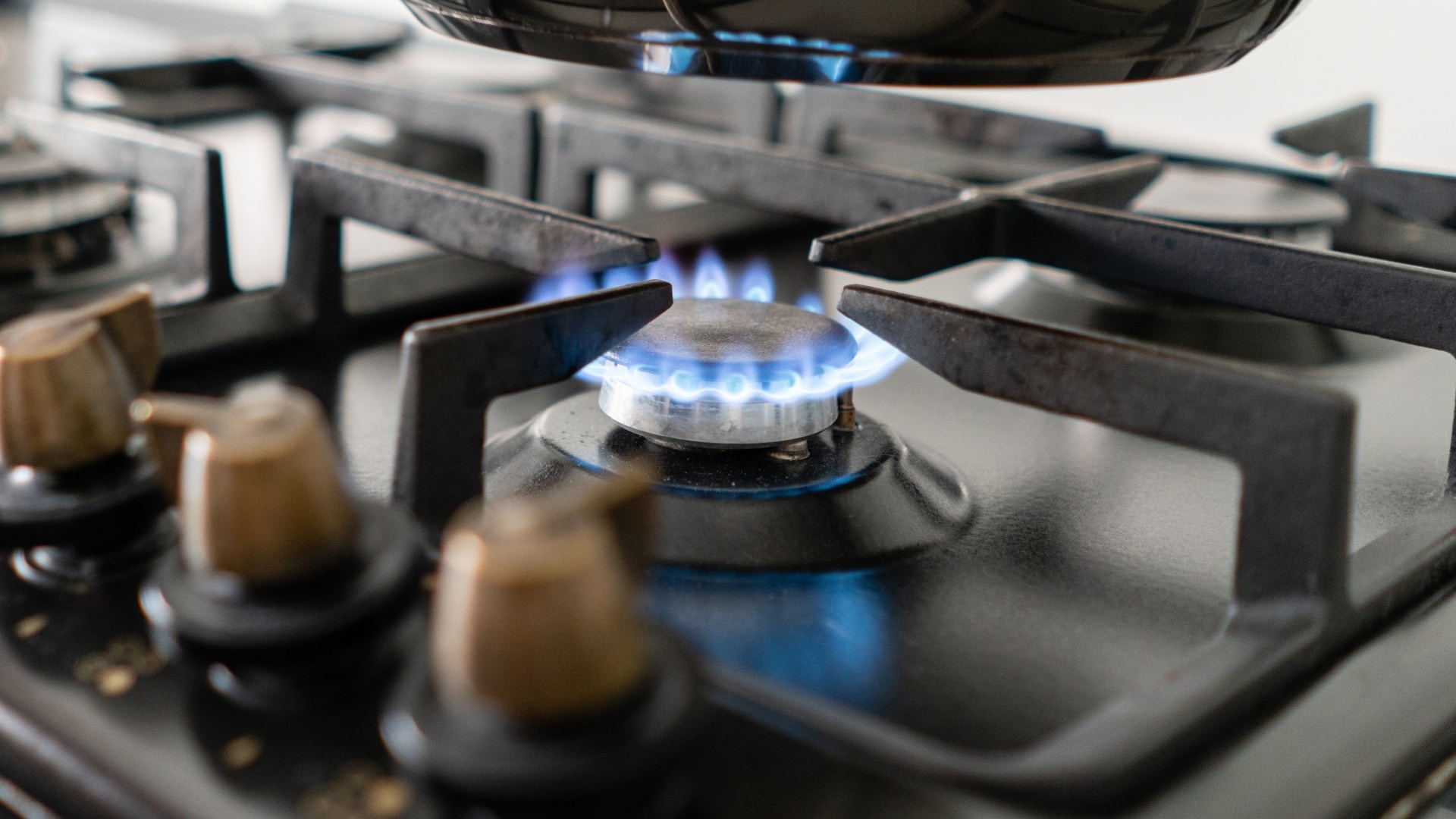When your gas stove igniter keeps clicking even after the flame is lit, it can be frustrating and concerning. This issue often signals underlying problems that, if left unchecked, may lead to appliance damage or safety hazards. Diagnosing and resolving these clicking sounds ensures efficient and safe cooking while extending the life of your stove.
To fully understand and fix this issue, it’s essential to explore potential causes like moisture, misaligned components, or electrical malfunctions. Throughout this guide, we’ll explore real solutions, expert tips, and the role of proper maintenance in preventing recurrence. For further appliance troubleshooting, explore Firstgradeappliances for expert insights.
Why Does the Gas Igniter Keep Clicking After the Flame Is Lit?
Understanding the root causes of a persistent clicking sound is the first step in solving the problem. Below are common culprits and their corresponding solutions.
Moisture Intrusion in the Ignition System
Cooking spills, steam, or grease splatters can lead to moisture buildup around the ignition components, causing the igniter to misfire. This issue is especially common after boiling water or cooking greasy foods.
Solution:
- Turn off the gas supply and unplug the appliance.
- Use a fan or hairdryer on a cool setting to dry the ignition system thoroughly.
- Allow the stove to remain unused for 24 hours to ensure complete drying.
Misaligned Burner Caps
Burner caps are designed to create a uniform flame. When misaligned, they disrupt the ignition process, causing the system to emit continuous clicking.
Solution:
- Turn off the stove and ensure the burner cap sits flush and is properly aligned.
- Inspect the area for any debris that might obstruct proper placement.
Clogged Burner Ports or Dirty Igniter Tips
Over time, food debris, grease, and other residues can accumulate on the igniter tip or burner ports, preventing the system from functioning correctly.
Solution:
- Clean the burner ports using a toothbrush or a soft-bristle brush with vinegar.
- Wipe the igniter tip gently with a damp cloth and dry it thoroughly.
Faulty Spark Module
The spark module powers the igniter and generates the electrical signal needed for ignition. A malfunctioning module may result in continuous sparking, even when unnecessary.
Solution:
- Test the spark module by turning on other burners.
- Replace the module if other burners also exhibit the clicking sound.
Electrical Issues and Wiring Faults
Loose or damaged wiring within the ignition system can interfere with normal operations and cause the igniter to click persistently.
Solution:
- Carefully inspect the wiring for visible damage or wear.
- Consult a qualified technician to repair or replace faulty wiring.
Defective Ignition Switch
A stuck or broken ignition switch can cause the igniter to continue sparking, mistaking it as an unlit burner.
Solution:
- Test the switch for continuity using a multimeter.
- Replace the ignition switch if it fails the test.
Read More Also: Does Goodwill Wash Clothes They Sell?
How to Diagnose the Clicking Problem
Diagnosing the issue involves careful observation and some simple tools. Follow these steps to pinpoint the problem:
- Visual Inspection: Look for misaligned burner caps, visible moisture, or dirt buildup.
- Test Burners Individually: Light each burner separately to identify whether the issue is isolated or affects all burners.
- Use a Multimeter: Test electrical components like the ignition switch and spark module for continuity.
The Role of Stove Top Temperature in Ignition Problems
Interestingly, incorrect stove top temperature settings can sometimes influence the ignition system. Overheating or uneven cooking may create conditions where igniters malfunction. To dive deeper, click on https://firstgradeappliances.com/understanding-stovetop-temperatures/.
When to Seek Professional Help
If troubleshooting steps fail, it’s wise to contact a professional technician. Persistent issues, particularly with internal wiring or control modules, require expert attention to avoid further damage or safety risks.
Preventing Future Ignition Problems
Proactive care and maintenance are key to avoiding ignition issues in the future. Consider these tips:
- Clean burner caps and igniters weekly to prevent residue buildup.
- Use a stovetop cover to minimize moisture exposure during cooking.
- Store burner caps and components in a dry environment if the stove will be unused for an extended period.
FAQs
What causes a gas stove igniter to click continuously?
Moisture, misaligned burner caps, dirty igniters, faulty spark modules, or electrical issues are common causes.
How can I stop the igniter from clicking after the flame is lit?
Dry the ignition system, align the burner caps, clean residue, or replace faulty components like the spark module or ignition switch.
Can I use the stove if the igniter keeps clicking?
It’s not recommended as it may indicate a gas leak or electrical issue, posing safety risks.
How often should I clean my stove to prevent ignition problems?
Cleaning weekly or after heavy use can prevent moisture and residue buildup that leads to ignition issues.
What tools do I need to diagnose the clicking sound?
A multimeter, soft cloth, vinegar, and a brush are helpful for diagnosing and resolving common problems.
How much does it cost to repair a gas igniter?
Repair costs vary, typically ranging from $75 to $200, depending on the issue’s complexity.
Conclusion
Addressing an intermittent clicking sound from a gas igniter even after the flame is lit doesn’t have to be complicated. By identifying common issues such as moisture, alignment problems, or electrical faults, you can resolve the issue quickly and safely. Regular maintenance and timely intervention are vital to ensuring your stove remains efficient and durable.
